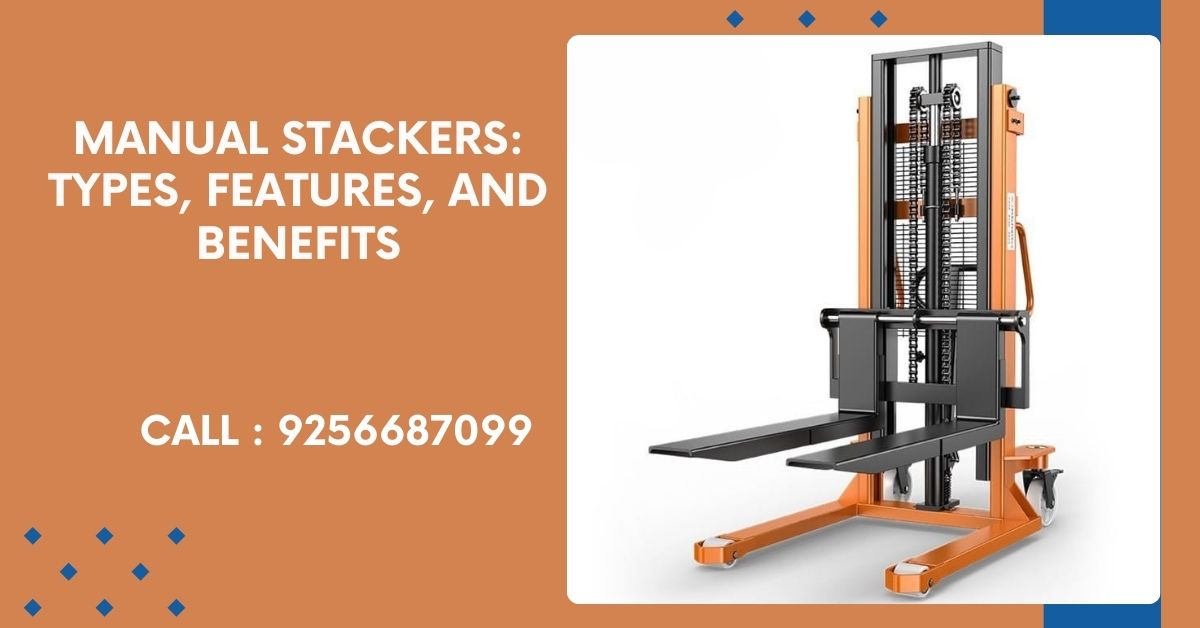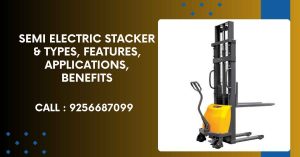Definition: A manual stacker is a non-powered, hand-operated device used for lifting, stacking, and moving goods in warehouses, factories, and distribution centers.
Types of Manual Stackers:
- Hand Stacker: Basic, economical option for light-duty applications.
- Manual Pump Stacker: Uses hydraulic pump for easier lifting.
- Lever Operated Stacker: Utilizes lever mechanism for efficient lifting.
- Scissor Manual Stacker: Compact, versatile design for tight spaces.
- Platform Manual Stacker: Large platform for bulky or heavy loads.
Features of manual Stackers:
- Lightweight and portable
- Low maintenance and operating costs
- Easy to maneuver and operate
- Compact design for tight spaces
- Adjustable height and capacity
Applications:
- Warehousing and storage
- Manufacturing and assembly
- Distribution centers
- Retail and wholesale
- Light industrial and commercial
Benefits of Manual Stackers:
- Cost-effective alternative to powered stackers
- Increased productivity and efficiency
- Improved safety and reduced risk of injury
- Environmentally friendly (no emissions)
- Simple operation and maintenance
Key Components:
- Frame and mast
- Lift mechanism (hydraulic or mechanical)
- Hand pump or lever operation
- Wheels or casters
- Load platform or fork
Specifications:
- Capacity: 500-2,000 kg (1,100-4,400 lbs)
- Lift Height: 1-6 meters (3-20 feet)
- Platform Size: 1-2 meters (3-6 feet) wide, 1-3 meters (3-10 feet) long
Brands:
- Toyota
- Honda
- Yale
- Hyster
- Crown
- Raymond
- Godrej
- ACE
Safety Considerations:
- Operator training and certification
- Regular maintenance and inspections
- Load capacity limits
- Proper use and operation
- Compliance with local regulations
Would you like me to:
- Compare manual stacker models and brands.
- Provide safety guidelines and training resources.
- Discuss application-specific considerations.
- Offer maintenance and troubleshooting tips?



